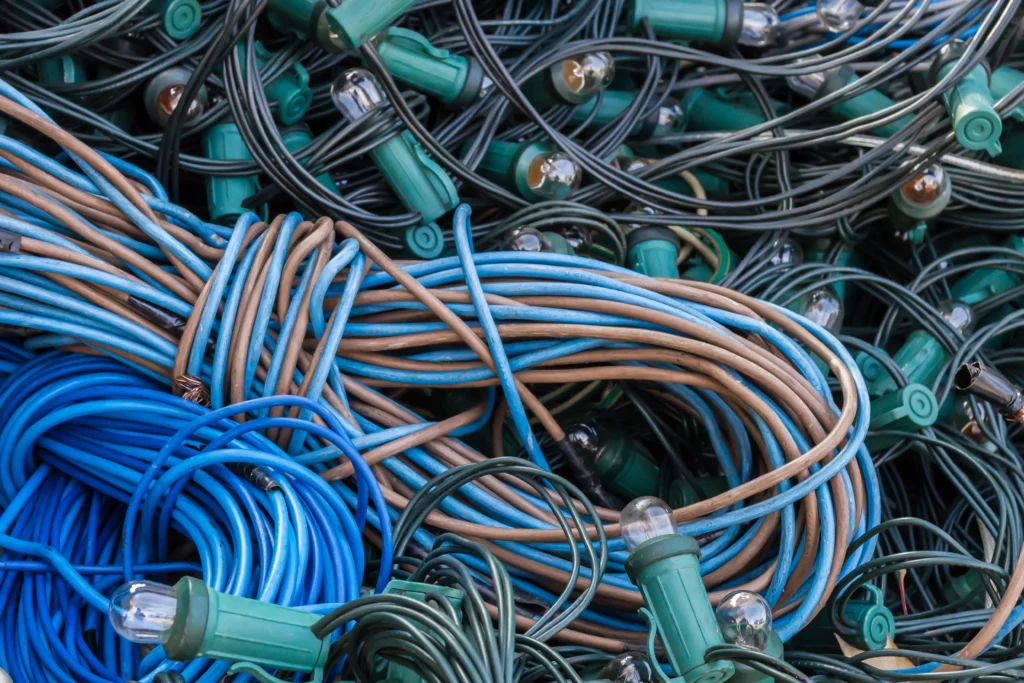Learn how Melt-Processable Fluoropolymers Like PFA Improve Production
PFA (Perfluoroalkoxy) stands out among fluoropolymers by combining exceptional chemical resistance with melt-processability – which is a rare combination that unlocks significant manufacturing advantages.
Unlike PTFE, PFA can be thermally processed using extrusion, compression molding, injection molding, and blow molding techniques. Finished parts can undergo post-processing such as welding, enabling the production of complex components with tight tolerances, smooth surface finishes, and consistent dimensional control. This simplifies manufacturing workflows and leads to reduced material waste.
PFA’s weldability supports the construction of seamless fluid paths in chemical processing and semiconductor equipment. Its excellent thermal stability and high dielectric strength make it the material of choice for a variety of cable constructions, such as coaxial cables, and data transmission lines, as well as important parts used in cleanroom, aerospace, and industrial automation environments.
Choosing PFA means optimizing throughput, reducing processing complexity, and meeting the highest standards in chemical, electronic, and cable applications.












